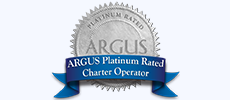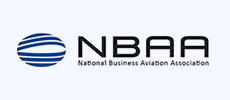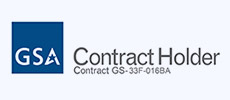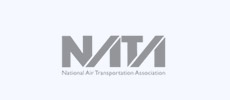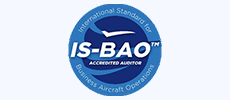Among the most commonly asked questions in the world of private aviation are questions related to differences between prop planes and jets when it comes to charter jet categories. The primary difference between jet engines and prop engines is the way in which the aircraft generates thrust.
Jet Engine Basics
Often referred to as turbo jets, turbine jet engines use a combination of air compression and burning fuel to turn compressor blades. They are able to generate substantial thrust but burn copious amounts of fuel in the process.
How does it work?
In more common jet engines, there will be several compression stages where cold air is taken in and then compressed. With each compression cycle, there is increasing pressure.
As the pressure increases, so does the temperature. When the heated air mixes with the gas, a combustion event occurs. This pushes the superheated gas through the turbine blades where gas exerts force on the blades, which in turn rotate the entire turbine shaft, which in turn drives the engine’s compressor.
The result are turbo jet planes that enjoy a 40 percent increase in thrust at takeoff and a larger percentage of high speed travel when in flight.
Large amounts of thrust are generated when the gas is directed through a nozzle. The thrust is what powers the craft and allows it to fly at high speeds.
Prop Engine Basics
Prop engines, on the other hand, are well suited for lower flight speeds and are considerably more fuel efficient than jet engines. They’re also well suited for taking off from shorter runways.
This is because thrust in these engines is created by torque rather than burning fuel. This is important in the world of private aviation because it allows access to shorter airports that have smaller runways than larger commercial operations.
While these engines are certainly better performing at speeds below 450 mph, they tend to lose efficiency at higher speeds. For this reason, they are most commonly found in smaller private aircraft designed for shorter distance flights and military aircraft with very specific landing and takeoff needs.
The Cessna Caravan, King Air 100, and King Air 200 are just three turbo prop aircraft Presidential Aviation offer for charter.
Sorting out the Differences?
There isn’t one choice that’s superior for everyone. Each engine presents specific strengths and weaknesses. Before making a decision about which aircraft is best for you, it’s important to consider the points below.
Destination
Your destination plays a fairly important role in the types of aircraft that can land and takeoff from the runway in question. It’s important to understand the limitations of the runway where you intend to land and the plane you’re flying in so that you can either choose a different aircraft or seek an alternative landing location.
Distance
Turbo prop aircraft tend to be better suited for shorter distance flights due to the lower speeds at which they travel most efficiently. These planes also have a tendency to be smaller. Presidential Aviation offers several different turbo prop plane option for private charters including one which seats up to 18 people comfortably. Private jets, offer a wider range of seating options and can accommodate a broader range of distances.
Time Constraints
Timing matters. It’s a combination of the distance you’re traveling and the top speed of the aicraft. If you need to reach your destination quickly and the plane in mind can land in your destination of choice, then it may be best to choose a faster jet aircraft.
It’s understandable that you have questions about private jets and prop planes. Presidential Aviation can provide the answers you need while offering sound advice about the best option for your travels. Call today to learn more about our wide selection of turbo prop and private jet charters.

